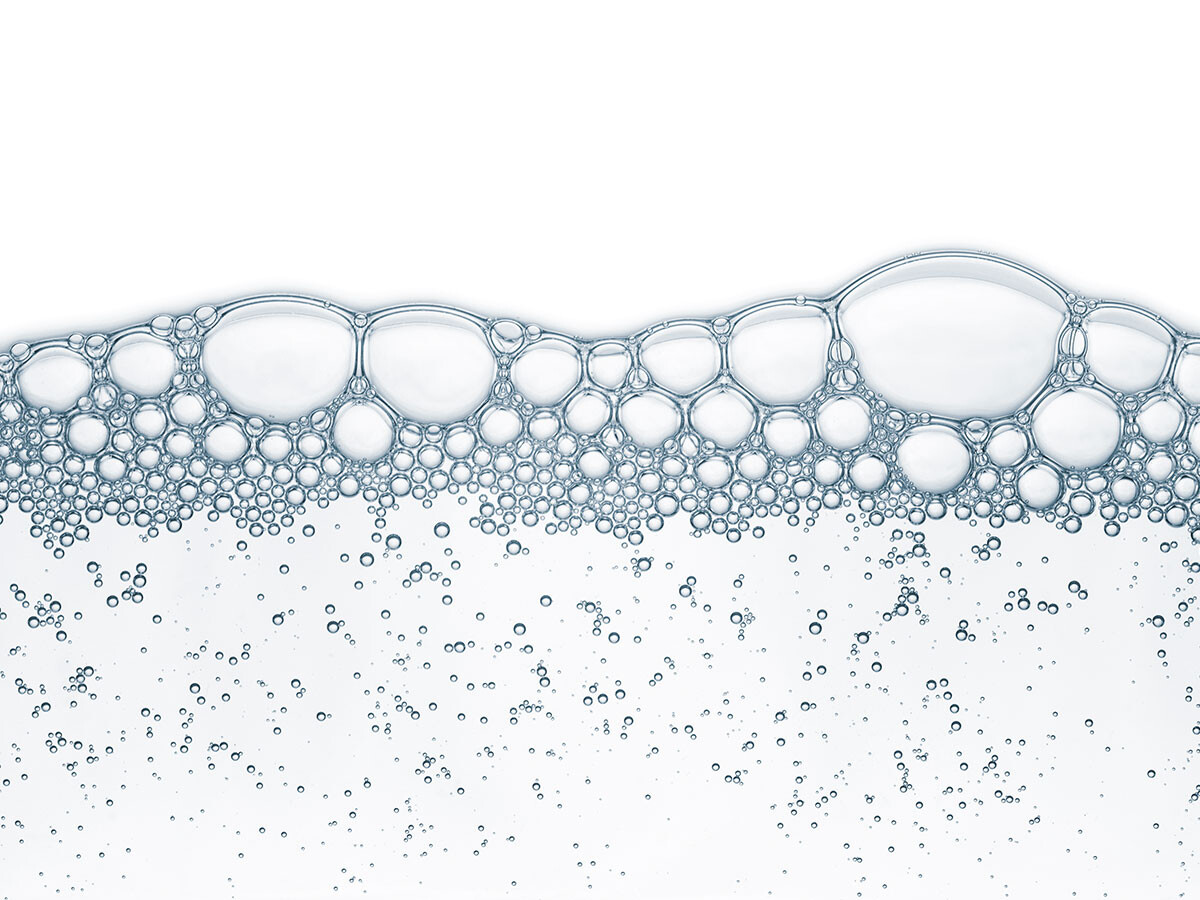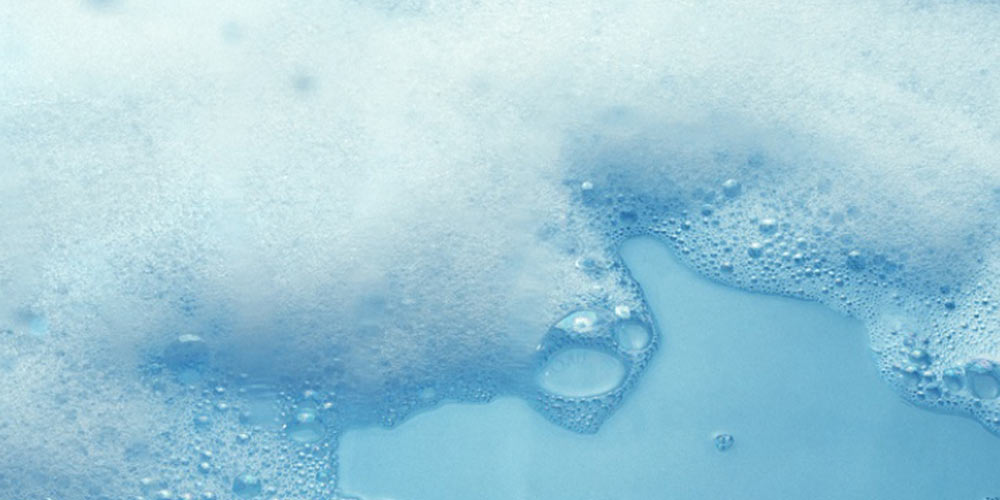The Role of Defoamers in Enhancing Product Top Quality and Efficiency
Defoamers serve as essential ingredients that reduce this issue, ensuring smoother manufacturing process while improving the visual and functional characteristics of the last products. The option of the appropriate defoamer can be essential to accomplishing optimal results, elevating important concerns about formula compatibility and efficiency metrics that merit additional exploration.
Recognizing Defoamers
Understanding the function of defoamers is essential for preserving item quality throughout numerous industries. Defoamers are chemical additives made to avoid the development and decrease of foam in fluid systems, which can adversely impact processes such as blending, filling, and surface stress. Lathering can lead to inefficiencies, product issues, and jeopardized visual allure, making defoamers a vital component in producing procedures.
In commercial applications, defoamers help to improve item consistency and stability. For instance, in the paint and coverings sector, foam can hinder the application process and the last finish. In a similar way, in food and beverage manufacturing, too much foam can prevent bottling and product packaging performance (defoamers). The reliable use defoamers not just makes sure smoother manufacturing processes however also contributes to superior item efficiency.
In addition, the choice and formula of a defoamer should align with details application needs, such as compatibility with various other components, effectiveness under differing temperature and pH conditions, and potential governing restrictions. Ultimately, recognizing defoamers' features and their importance in various solutions is essential for enhancing production and making certain the highest top quality end items.
Sorts Of Defoamers
Defoamers can be classified into numerous types based upon their composition and mechanism of activity. The key types consist of silicone-based, non-silicone natural, and not natural defoamers.
Silicone-based defoamers are amongst one of the most efficient, primarily as a result of their capacity to spread out swiftly on the fluid surface and interrupt foam development. Their distinct chemical structure enables for superior stability, making them suitable for high-temperature applications and atmospheres with varying pH degrees.
Non-silicone organic defoamers, typically composed of fatty acids or natural oils, are valued for their biodegradability and reduced poisoning. These are commonly made use of in food and beverage applications where safety and security and environmental impact are critical.
Inorganic defoamers, which include substances like talc or calcium carbonate, act by raising the density of the fluid, therefore decreasing foam stability. They are commonly utilized in industrial procedures where compatibility with other materials is not an issue.
Each sort of defoamer has distinct benefits and constraints, permitting tailored remedies depending upon the specific foaming issues run into in numerous applications. Understanding these distinctions is essential for enhancing performance and achieving preferred product high quality.
Applications Across Industries
Many markets leverage defoamers to enhance product high quality and operational effectiveness. In the food and drink field, defoamers are critical in processes such as developing and dairy products manufacturing to avoid foam development, which can lead to inadequacies and item inconsistency. By regulating foam, makers can guarantee far better yield and a much more uniform item.
In the pharmaceutical industry, defoamers play a vital role in the formula of liquid medicines, where too much foam can restrain mixing and precise dosing. Their usage helps preserve the honesty of the formulations and assists in smoother manufacturing processes.
The paint and finishings market also relies upon defoamers to improve the efficiency of items during application. By lessening foam, these additives make sure a smoother finish and enhance the aesthetic qualities of the final product.

Benefits of Making Use Of Defoamers
While useful content the application of defoamers differs throughout sectors, their benefits regularly improve item quality and procedure effectiveness. One significant benefit is the reduction of foam development throughout manufacturing procedures, which can otherwise result in production delays and variances in product quality. By reducing foam, defoamers make it possible for a smoother circulation of materials, promoting extra effective operations and decreasing the likelihood of tools malfunctions.
In addition, making use of defoamers can boost the look and appearance of end products. In industries such as finishes, paints, and food processing, too much foam can jeopardize the visual aesthetic appeals and general high quality, while the suitable defoamer application ensures a consistent finish and desirable qualities. Additionally, defoamers can add to set you back financial savings by decreasing waste throughout production and enhancing the usage of basic materials (defoamers).
.png?width=250&height=140&name=35722%20BOR%20Defoamers%20Ad_V8-BACKGROUND%20(2).png)
Picking the Right Defoamer
Picking the right defoamer is important for optimizing manufacturing procedures and making sure product high quality. The option of defoamer affects not only the effectiveness of foam control however additionally the overall performance features of the final item. Elements to consider include the kind of application, the chemistry of the formulation, and the ecological problems under which the product will certainly be made use of.
Different sectors might need specific defoamer types, such as silicone-based, organic, or polymeric defoamers. Comprehending the compatibility of the defoamer with the primary components is important to avoid unfavorable reactions that could endanger item stability. In addition, the defoamer's effectiveness in various temperature levels and pH levels have to be assessed to make sure consistent efficiency.
Evaluating the defoamer in small-scale applications can provide important insights right into its efficiency and suitability. Factor to consider of regulative conformity, specifically in food, drugs, and cosmetics, is vital in choosing a defoamer. Ultimately, a detailed assessment of these aspects will bring about the selection of a defoamer that not only regulates foam efficiently but also improves the high quality and efficiency of the last item.
Conclusion

In conclusion, defoamers are important additives that significantly improve product top quality and efficiency across various markets. The critical selection and application of defoamers lead to cost savings, optimized source usage, and raised client contentment.
Lathering can lead to inefficiencies, item issues, and jeopardized visual charm, making defoamers a critical component in manufacturing operations.
